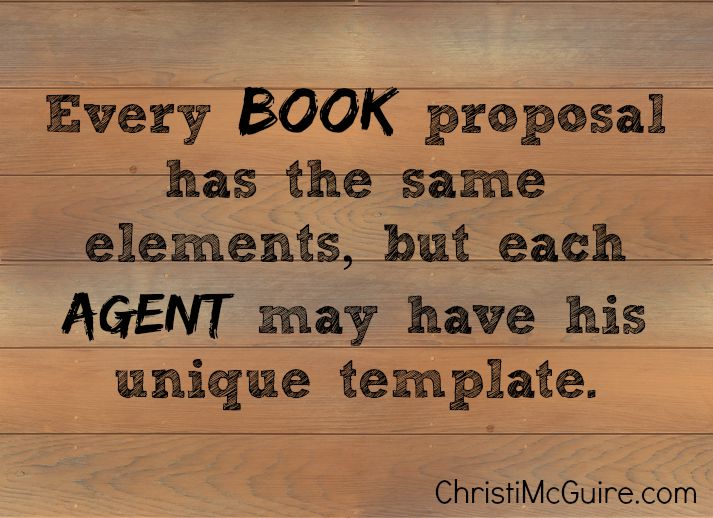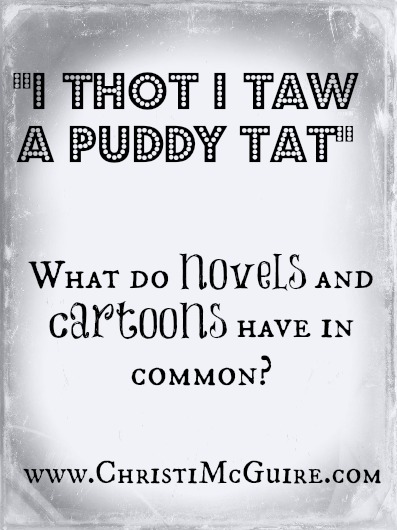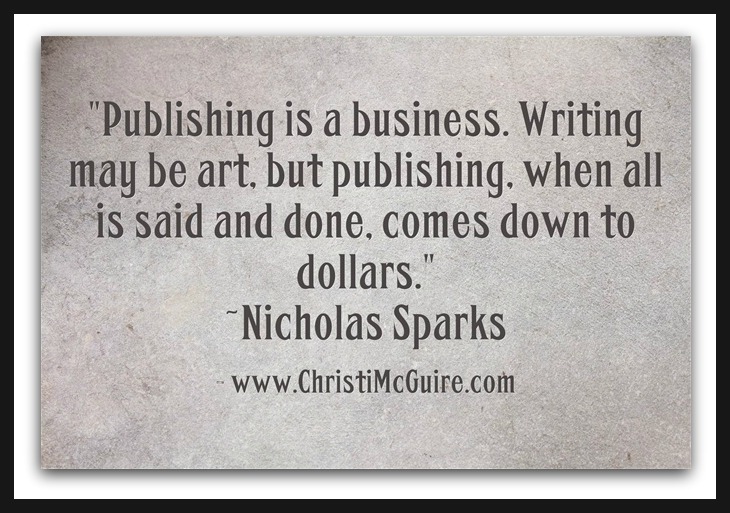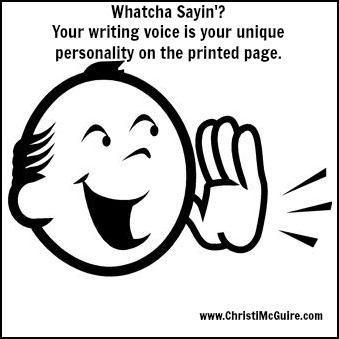Congrats! You’ve jumped through the major hurdles of querying agents, submitting your book proposal, and fielding offers. You are now represented by Mr. Awesome Agent. If your book idea, your platform, and your proposal were so rockin’, why is your agent asking you to redo it?
Don’t worry. This is often a standard practice. Your book proposal did catch the eye of an agent. But most every agency has their own format, their own proposal template. This way, when Mr. Agent shops your proposal to the publishers, the publishers realize, “Oh! I can tell this is from Mr. Awesome Agent! We always likes the book and the authors he brings us. Let’s definitely take a look at this!”
Every agent’s (or agency’s) book template is like their trademark. It is easily recognizable to the publishers they regularly sends clients’ proposals to. They’ve built their reputation around their work and their ability to bring stellar authors to the publishers.
Every proposal has the same info: overview, author’s bio, comparative analysis, marketing plans, future books, chapter outline, and sample chapters. But each agent/agency may have their own style or format for the headings. One major literary agency likes to insert the “Biblical Foundation,” meaning the one Scripture that is the basis of the book. Another major agent deems this as unnecessary. “You’re a Christian author writing a Christian book. I can assume you’ve based your book on Scripture, or I wouldn’t be considering you,” he says.
So although all proposal are very similar in content and format, each agent or agency may have their own style. Although it may be a little more work for you, the writer, it’s worth it. You are now attached to Mr. Awesome Agent and his worthy reputation. In the end, it’ll likely get you noticed and bring you a contract!
If you are a writer needing help with your book proposal, check out my Services page or Contact me. If you are an editor wanting to learn how to format and edit authors’ proposals, I have an online class for you! Check it out here.












